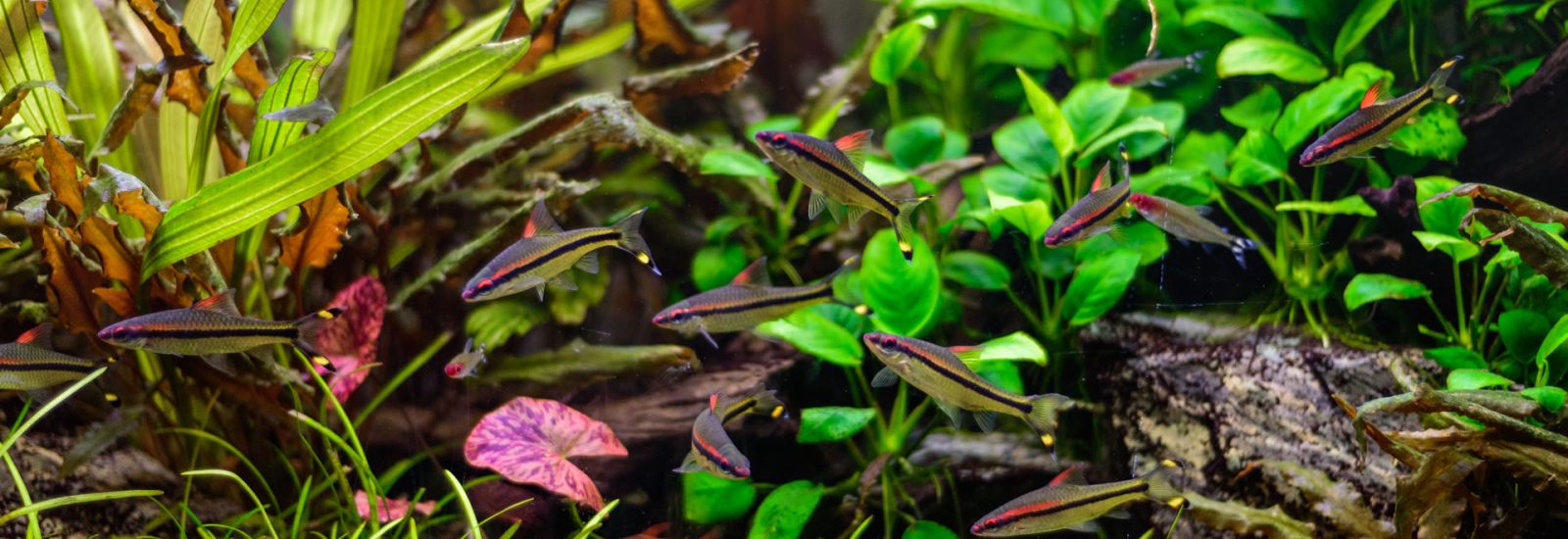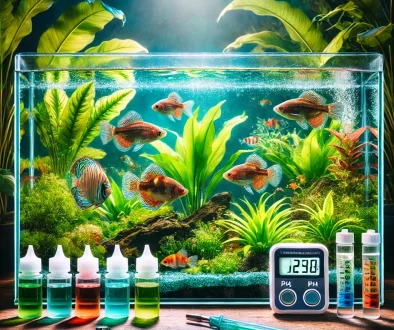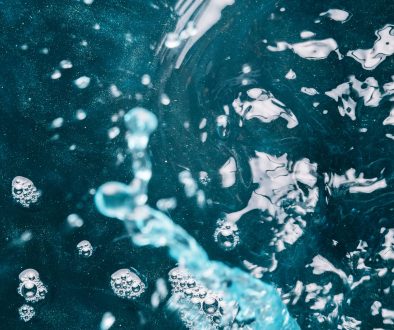Cycling Your Aquarium
Embarking on the journey of owning an aquarium is an exciting venture, but it comes with its fair share of responsibilities, particularly during the initial setup phase. Among the various tasks involved, cycling your fish tank stands out as one of the most crucial yet often overlooked steps. While it may seem tedious, understanding the importance of aquarium cycling and following the right steps can make a world of difference in creating a thriving aquatic environment for your fish. In this guide, we’ll delve into what cycling is, why it matters, and how to effectively cycle your aquarium.
Understanding Aquarium Cycling
Before we dive into the process, it’s essential to grasp the concept of aquarium cycling. Cycling refers to the establishment of beneficial bacteria colonies within your tank’s ecosystem. These bacteria play a vital role in breaking down harmful substances such as ammonia and nitrites, which are by-products of fish waste and decaying organic matter. By converting these toxic compounds into less harmful nitrates, beneficial bacteria help maintain water quality and create a healthy environment for fish to thrive. Why Cycling Is Crucial While the temptation to populate your tank with fish immediately after setup may be strong, skipping the cycling process can have dire consequences for your aquatic pets. Without established beneficial bacteria colonies, ammonia and nitrite levels can skyrocket, leading to ammonia poisoning and potentially fatal consequences for your fish. Cycling not only ensures the safety and well-being of your aquatic inhabitants but also establishes a stable and balanced ecosystem conducive to long-term success.
How to Cycle Your Aquarium
Now that we’ve underscored the importance of cycling, let’s delve into the steps involved in the process:
- Set Up Your Tank: Begin by assembling all the necessary components of your aquarium, including pumps, filters, and decorations. Ensure that everything is in place before proceeding.
- Add Water: Fill your tank with R/O water or dechlorinated water to the appropriate level. It’s crucial to use a water conditioner to remove chlorine and chloramines contained within tap water, which can harm beneficial bacteria.
- Introduce an Ammonia Source:
To kick-start the cycling process, introduce an ammonia source into your tank. This can be done using fish food, pure ammonia, or a dedicated cycling product available at pet stores. - Monitor Ammonia and Nitrite Levels: As the cycling process progresses, regularly test your water parameters using a reliable test kit. Keep an eye on ammonia and nitrite levels, which should spike initially before gradually declining as beneficial bacteria colonies establish.
- Be Patient: Cycling your aquarium is a gradual process that can take anywhere from a few weeks to a couple of months. Avoid the temptation to rush the process and let nature take its course.
- Perform Water Changes: Throughout the cycling period, perform partial water changes as needed to maintain water quality and dilute any accumulated toxins.
- Test for Nitrates: Once ammonia and nitrite levels have dropped to zero, test for nitrates, which indicate that your tank is fully cycled. At this point, your aquarium is ready to accommodate fish. By following these steps and exercising patience, you can successfully cycle your fish tank and create a safe and healthy habitat for your aquatic companions.
In conclusion, while aquarium cycling may seem like a daunting task, its importance cannot be overstated. By establishing beneficial bacteria colonies, cycling ensures the long-term health and well-being of your fish while laying the foundation for a thriving aquatic ecosystem. By following the steps outlined in this guide and being patient throughout the process, you’ll be well on your way to enjoying a beautiful and vibrant aquarium for years to come.





